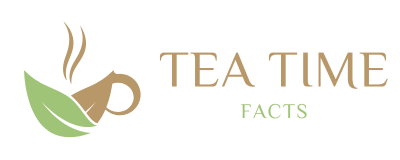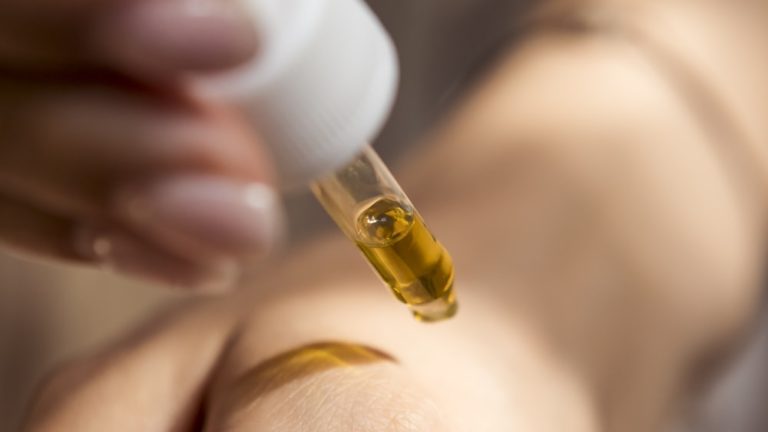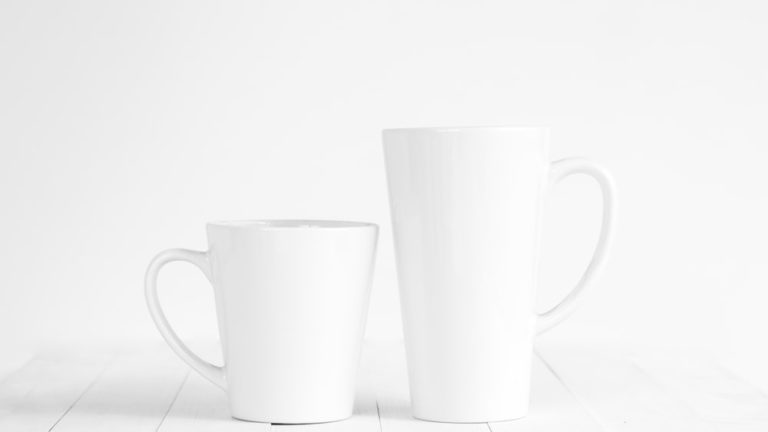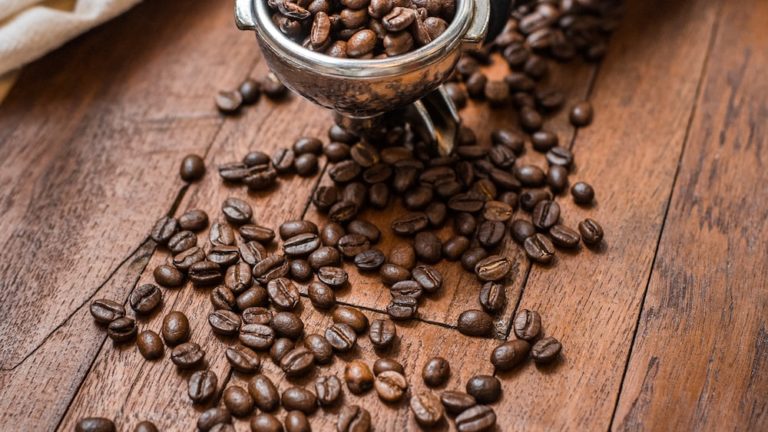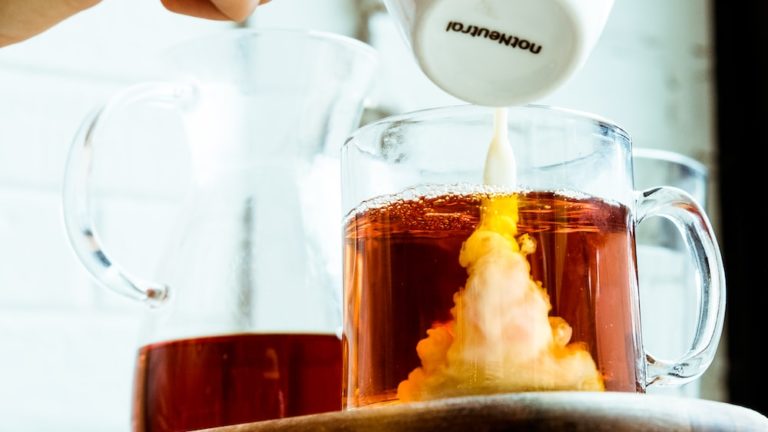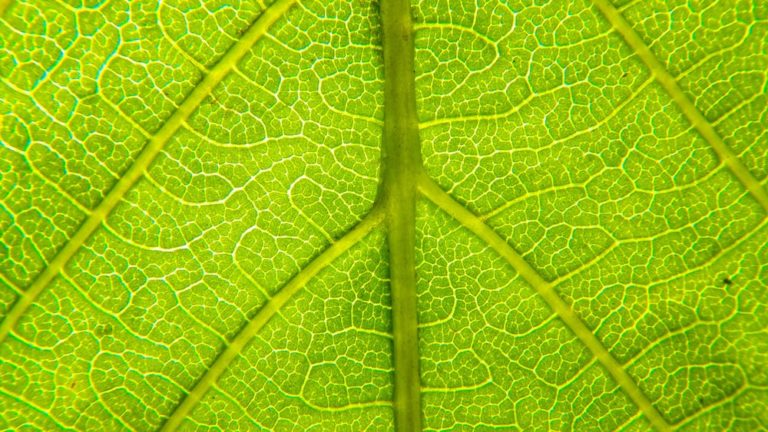Green Tea Vs Herbal Tea: 7 Key Differences You Need To Know

Green Tea Vs Herbal Tea: 7 Key Differences You Need To Know
Welcome, dear tea-lovers and health enthusiasts! Ever been in a tea shop, staring with bated breath, indecisiveness gripping your soul as you decide between green tea and herbal tea? Well, you’re not alone! I bet you’re twitching your brows, just like the store clerk who’s probably thinking, “Here’s another lost soul in the great tea debate!”
Let’s set the kettle to boil and dive into the invigorating world of teas! Prepare to be enlightened on the key differences that will not only refine your tea palate but also brighten your understanding. Exciting, isn’t it? But why stop at exciting, let’s make it enthralling, entrancing, and enriching!
In this post, we’ll journey through tea plantations, explore different brews, and discover some simmering facts about green tea and herbal tea. These “cupful of wonders” never cease to amaze with their versatility, and dare I say, add a bit of drama to our tea time!
What is Green Tea and Herbal Tea?
Having twiddled your fingers over too many tea options, you must be wondering, “what on earth separates green tea from the avalanche of herbal teas?” Let’s spill the tea on that, shall we?
Definition of Green Tea
Green tea, my friends, is the green-hued, bitter-yet-refreshing superhero of the tea world. It hails from the same family as black and oolong teas – the Camellia sinensis plant, the Don Corleone of the tea mafia. However, it retains its green color and unique flavor because of a special process. Want more? Let’s steep further into its making!
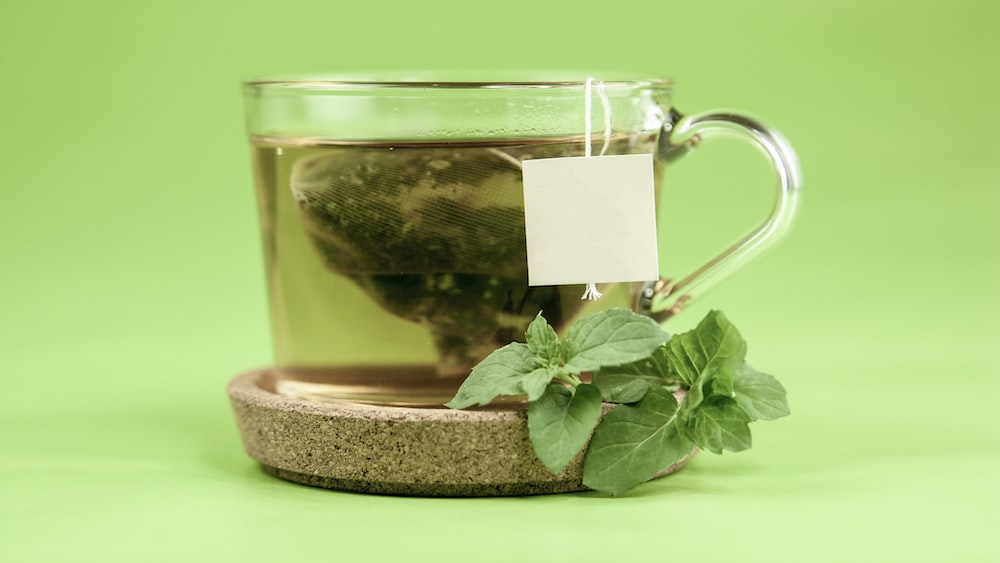
Unlike its other family members, green tea leaves are plucked and quickly heated – either by pan firing or steaming – to prevent oxidation. In the language of tea, oxidation means the darkening of leaves and the development of flavors. Therefore, you can say, green tea is a young and fresh member of the tea siblings!
Green tea is the green-hued, bitter-yet-refreshing superhero of the tea world, retaining its green color and unique flavor through a special process that prevents oxidation.
Definition of Herbal Tea
Moving onto the endless galaxy of herbal teas – they’re quite the loose cannons! Surprisingly, according to the purists, the herbal brews are not technically “teas.” Sounds outrageous, doesn’t it? But never you worry, they’re as mesmerizing and beneficial as a “real” tea!
Herbal teas are essentially the infusion or decoction made from a plant other than Camellia sinensis. These infusions can comprise leaves, flowers, seeds, roots, or even bark, from any edible, non-tea plant. From hibiscus to chamomile, rooibos to peppermint – the options are not only endless but also enchanting!
7 Key Differences Between Green Tea and Herbal Tea
Now that we’ve broken down the basics of what is green tea and what is herbal tea, let’s brew over their key differences, shall we? Think of this as the “tea catechism,” the defining commandments that paint the defining lines between the two types of teas.
1. Source and Ingredients
Just like everyone has a personal history, every tea has a story, too! In the land of teas, the source and ingredients set the gossip mill running. Let’s shed some light on the drama surrounding our contestants, green tea and herbal tea!
- Green tea, as stated earlier, is like the sophisticated resident of the upscale neighborhood of Camellia sinensis. It’s leaves, after being plucked, are rapidly heated to maintain their youthful green hue and freshness.
- Tripping on leaves, we shift lanes to herbal tea, which rebels against the traditional sense of “tea.” These beverages heartily welcome any part – leaf, flower, seed, root, or bark, from any non-tea plant, and manages to mesmerize us with their diverse flavors and aroma.
2. Processing and Preparation
Don’t we all have our own rituals? Likewise, green tea and herbal tea follow their unique routine when it comes to processing and preparing the drink.
Let’s start with the rebel, our herbal tea. It undergoes a simple, unpretentious process. The edible parts of the plant, dried or fresh, are typically steeped in boiling water. Soon, voila! You have a pot of soft, tantalizing herbal infusion, full of heady aroma and nuanced flavors!
Meanwhile, on the other end of the “tea-totum,” the green tea maintains its complex ceremonial attributes. Remember the quick heating process we discussed? That’s to ward off oxidation and maintain the ‘green’ character. The leaves are then rolled and shape-adjusted, either by hand or machine, before finally, being dried.
3. Caffeine Content
Ah, the buzzing world of caffeine! Do you desire a mild lift or would you prefer to remain delectably caffeine-frugal? Your choice between green tea and herbal tea might teeter based on this pivot!
Most types of green tea do have some caffeine, though much less as compared to coffee or even black tea. It’s just enough to keep you gently vibrant without having your heart do a samba!
Herbal teas, on the other hand, are the untouched innocents in the wild world of caffeine. The majority of herbal teas are caffeine-free, making them a remarkable option for individuals sensitive to caffeine or opting for a calming, night-time brew.
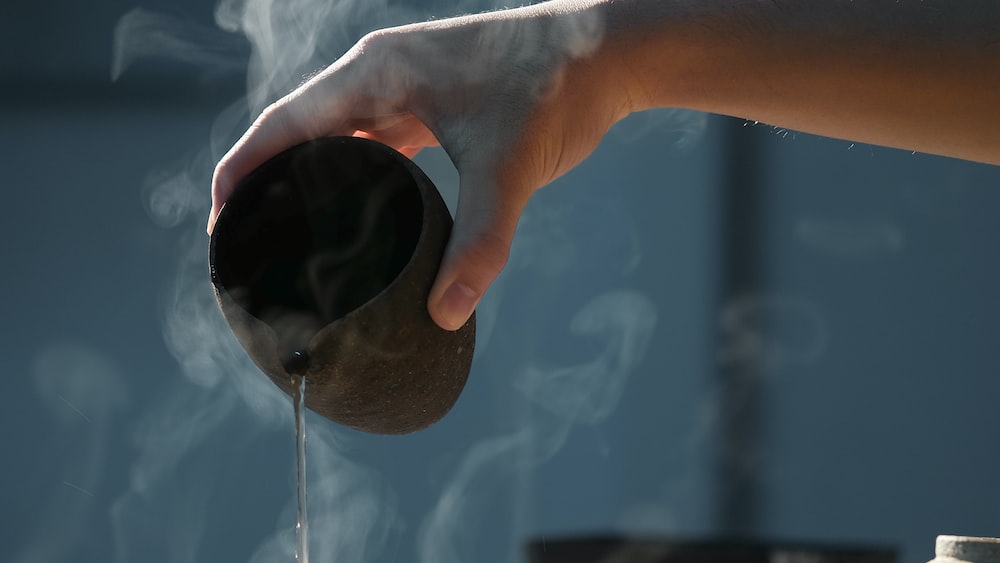
Green tea contains some caffeine, but not as much as coffee or black tea, making it a gentler option for a mild lift of energy.
4. Health Benefits
If you’re someone who loves to squeeze out every last drop of health benefits from what you consume, then my fellow tea enthusiasts, get ready for a delightful revelation! Green tea, just like its color, stands tall as a ‘green superhero’ in the health world. This liquid gold, according to a study in Food and Function, houses potent antioxidants like EGCG (Epigallocatechin Gallate) which aid in combating cancer, heart issues, and type 2 diabetes.
On the other hand, herbal teas, or as the Connoisseurs of the Leaves (also known as Tea Lovers) prefer to call it – ’tisanes’, parade a whole other ball game in terms of health perks. Each herb tossed into the mix brings its own set of health benefits to the tea party. For instance, chamomile tea is known to grant you the superpower of ‘stress-combat’. That’s right folks! No need for any stress ball sale anymore – just brew a pot of chamomile tea at home whenever you need a bit of calming down.
5. Flavor Profile
Let’s play a game of ‘taste the essence’, shall we? Don’t worry, this isn’t some tricksy wine-tasting event. We’re just distinguishing between our two contestants of the hour – green tea and herbal tea (or tisanes, for the fancy ones amongst us). When it comes to green tea, we’re strolling through an aromatic field with grassy, sweet undertones tailed by a matcha-like umami hint.
Now switching lanes to herbal tea, it’s like opening a Pandora’s Box of flavors! If you thought green tea was an orchestra of notes, then herbal tea is the grand symphony. Depending on the herbs used, every cup offers a unique composition of flavors – it could be sweet, minty, tangy, or earthy – you name it! An exotic world of taste awaits you in each sip of herbal tisane.
6. Side Effects
Whoa! Hold your teacups! Before you ride off towards the land of unlimited tea, it’s always good to know about possible road bumps. As ironic as it might sound, even our ‘Green Superhero’, green tea, can have its kryptonite. Too much green tea consumption (more than 3-5 cups a day) can lead to insomnia or gastrointestinal issues due to its caffeine content.
Our dear tisanes aren’t immune to this bitter truth, either. Certain herbs can cause allergic reactions or interact with medications. For instance, chamomile might affect blood thinners, and licorice root tea could be problematic for people with high blood pressure. The golden rule is – everything in moderation.
7. Suitability for Different Age Groups
Now let’s talk about the tea-totallers in our lives. Green tea, with its caffeine content, is typically not recommended for kids or for women who are pregnant or nursing. However, it can be a daily delight for adults, promising a reduced risk of heart disease or cognitive decay.
Conversely, herbal teas, largely being caffeine-free, cater to all age categories. Some herbal tisanes, like chamomile or fennel, are even used to soothe colic babies! However, it’s essential to consult with a healthcare provider before adding herbal tea into young children’s or a pregnant woman’s diet.
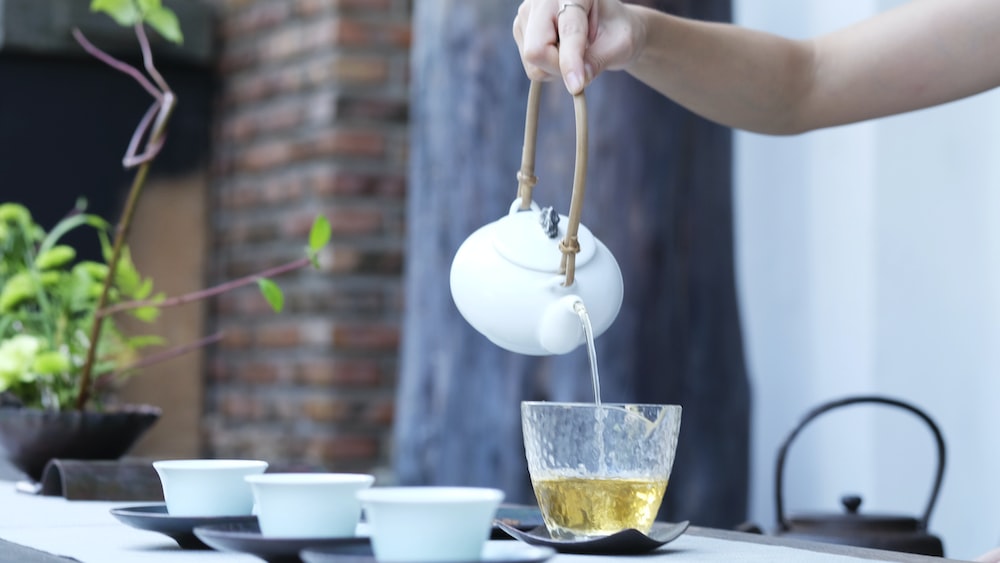
Green Tea and Herbal Tea in Weight Loss
Get ready to uncork a ‘tea’rrific secret of the weight loss world!
Role of Green Tea in Weight Loss
Did you know our beloved green tea plays a crucial role in weight loss? It’s like your personal fitness coach in a cup! Research from the Journal of the American College of Nutrition suggests that green tea extract can boost metabolism and fat oxidation.
So if you’re aiming for a healthier physique or trying to shave off a few extra pounds, a regular dose of green tea might be your elixir.
Role of Herbal Tea in Weight Loss
Intrigued by what you’ve just read? Wait till you hear about herbal teas and their role in weight loss! Certain tisanes such as green rooibos, hibiscus, and oolong have been associated with weight loss benefits.
For instance, a study published in the Journal of Nutrition found that oolong tea could significantly decrease body fat content by improving lipid metabolism. Imagine sipping on your favorite comforting brew and facilitating weight loss simultaneously – sounds like a win-win, doesn’t it?
How to Choose Between Green Tea and Herbal Tea
So, how do you choose between green tea and herbal tea? It’s less of a conundrum and more of an ode to personal taste and preference. But we’ll discuss that in detail in the section ahead. Stay tuned!
Factors to Consider
First, consider what you’re brewing your cup of tea for. Are you aiming for a general health boost, a kind soul-soother, or an energy jolt in the mornings? Different teas serve different purposes. Secondly, bear in mind any health conditions you might have. Certain teas might be more beneficial for specific conditions, while others might have contraindications. Lastly, the preparation process can’t be ignored. Green tea requires more delicate handling to prevent the release of bitter compounds while herbal teas are more forgiving even if you’re a newcomer to the tea world.
Different teas serve different purposes, so it’s important to consider your desired outcome when choosing which tea to brew.
Personal Preferences
Ah, our lovely and unique quirks – isn’t that what makes us human after all? We all have flavors that we savor, and sadly, ones that make us twitch our noses too. Your personal preference plays a huge role in the green tea vs herbal tea standoff. Maybe you’re the type who digs the earthly goodness of matcha green tea. Or perhaps, you’re a patron of the cosmos in a cup that is chamomile herbal tea.
The aroma is another facet of taste. Do you prefer the sweet, almost hay-like scent of green tea or the wide-ranging aromas of herbal teas – from spicy cinnamon to fruity hibiscus? Finally, there’s the matter of caffeine. If you’re sensitive to it or prefer to avoid it, herbal teas are your best bet as they are naturally caffeine-free. On the contrary, if you need that little kick of energy, green tea is your trusty sidekick.
FAQs
1. Is green tea considered a type of herbal tea?
Similarities do exist in the tea world, but green tea and herbal tea hail from different precursors. To clear the air, green tea is derived from the Camellia Sinensis plant, a traditional tea plant, while herbal tea, or more accurately termed ‘Tisanes,’ involve infusions of various herbs, fruits, spices, or other plant material. So, no, green tea is not considered a type of herbal tea.
2. Can I drink green tea and herbal tea together?
If you’ve been wondering whether you can drink green tea and herbal tea together – rejoice! You absolutely can. Mixing them together can create a whole new flavor profile and even elevate the health benefits. Talk about a tea party for your taste buds and health!
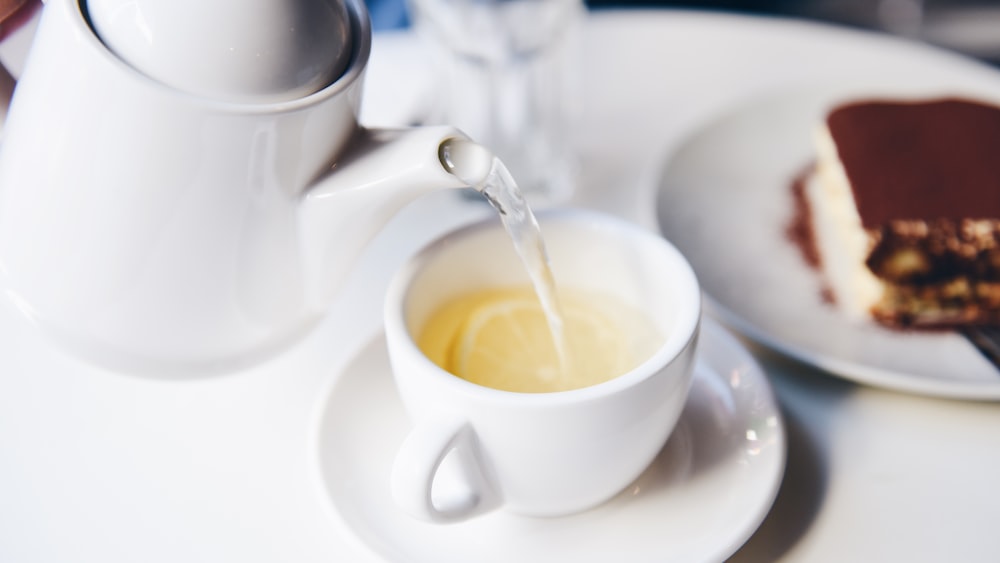
3. Which tea is better for weight loss, green tea or herbal tea?
Guiding your weight loss journey is not a solo task for either green or herbal tea. Providing better aid in weight loss depends on your dietary preferences and body’s unique chemistry. Nevertheless, researchers have found green tea may boost metabolism more than herbal tea because of its caffeine and antioxidant content. Pair either one with a balanced diet and frequent exercise for best results.
4. Can children and pregnant women drink green tea and herbal tea?
When it comes to whether children and pregnant women can enjoy green tea and herbal tea, there’s a delicate balance. Green tea, due to its caffeine content, should be given to children and pregnant women in moderation. As for herbal teas, it’s a mixed bag. Some herbal teas are safe, while others can be risky because of the lack of safety data. Consulting a healthcare expert is always your best choice here.
Conclusion
In the showdown between green tea and herbal teas, we’ve learnt that they both come with their own unique strengths. There’s no clear victor here; it’s akin to comparing apples to oranges. The final choice indeed rests upon the kind of effect you want from your tea, any health conditions you have, and let’s not forget – your individual preference.
Whether you lean towards the plant-based goodness of green tea or the bounty of nature’s gifts in herbal tea, remember, the heart of tea consumption lies in appreciation and enjoyment. So, heat your water, steep your leaves, sit back, and savor the brew that brims your cup.
Until next time, keep the tea times joyous and your conversations steeped in warmth. Signing off, Zoe.
